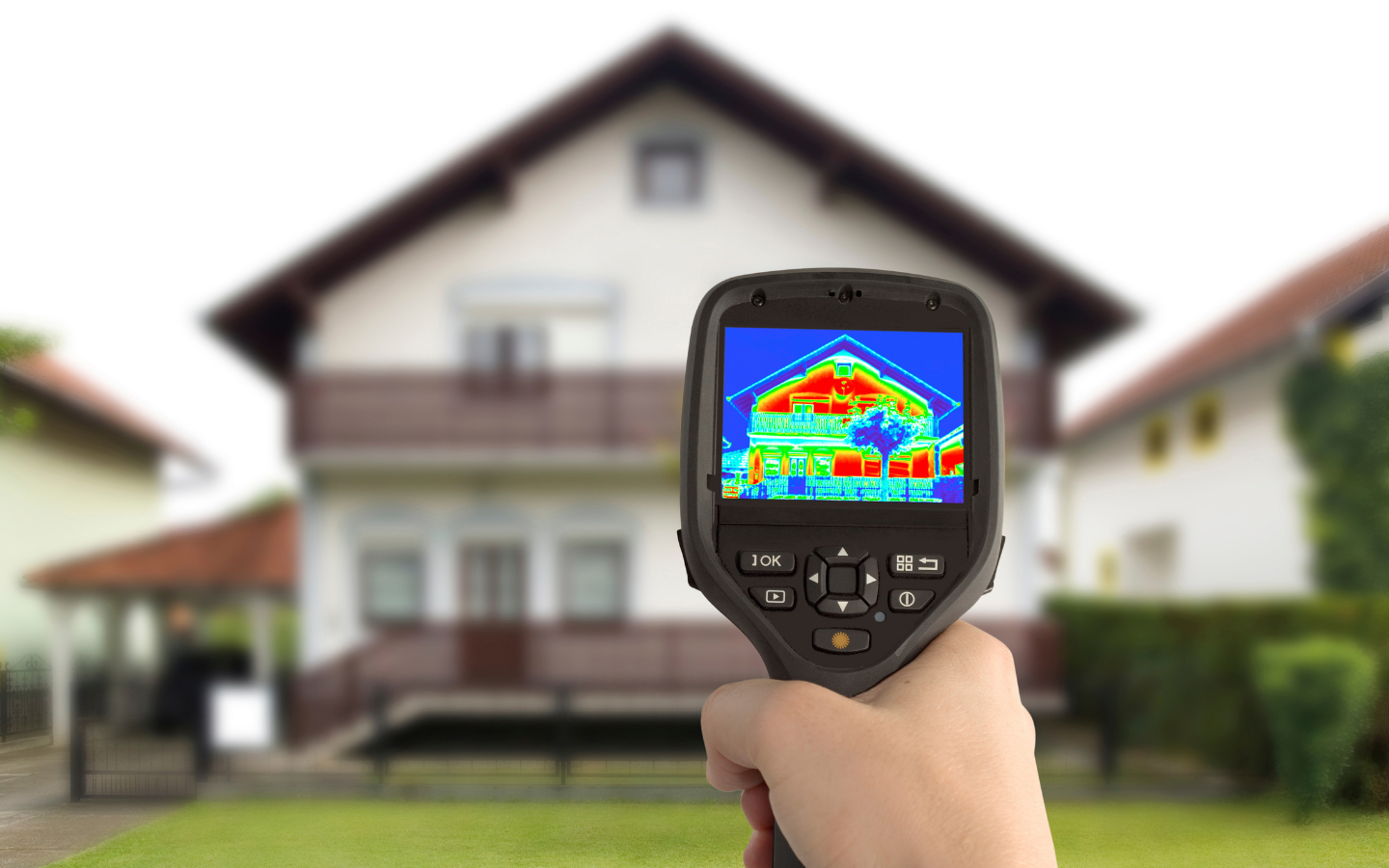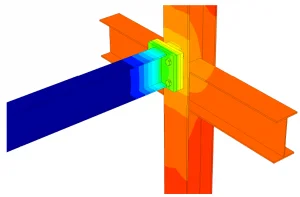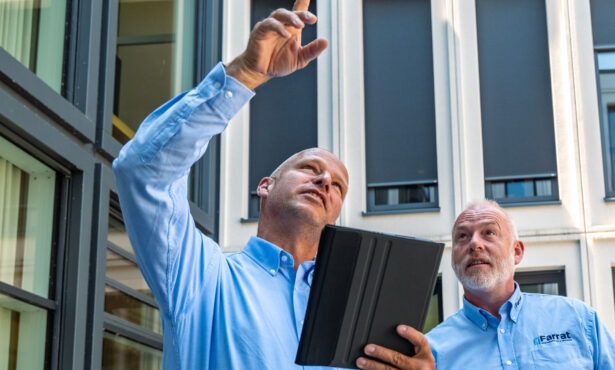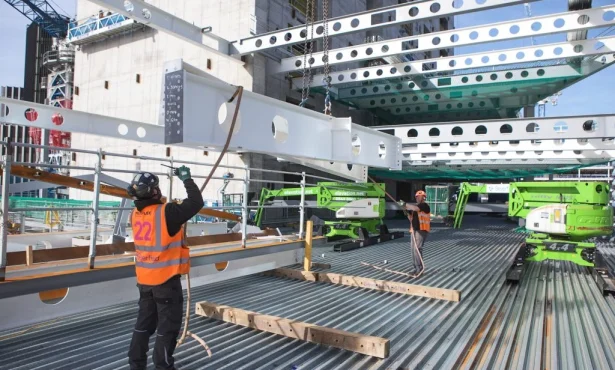When the Office of National Statistics recently updated its Opinions and Lifestyle survey through to mid-February, over three-quarters of adults reported that their cost of living had increased – up 14% from November 2021.
Alongside the cost of food, 77% stated that this was due to an increase in gas or electricity bills, and whilst half of these people were looking to tackle this by cutting back on non-essentials, 35% of people were actively looking to cut the amount of electricity and gas they are using and 31% were driven to cutting back on spending in food and essentials.
Government action in energy efficiency
At the start of 2021, the UK’s Housing Minister announced that all new homes must be more energy-efficient and “zero-carbon ready” by 2025, and a consultation on higher performance targets for non-domestic buildings with the objective of them to be zero-carbon within the same time scale.
However, when this proposal was at the planning stage, campaigners in this area warned that this would mask the actual energy efficiency itself and that whilst this might make the building look like it is performing better, the reality is it could be worse.
This month the government has also stated that whilst they are looking at launching a boiler upgrade scheme and investing in helping to stimulate the production of ‘British heat pumps’ which can reduce demand for gas, they will not ‘impose’ measures to improve energy efficiency in existing homes. RIBA president Simon Allford said the government ‘must realise that we will not ease the burden on vulnerable households unless we improve the energy efficiency.’
Building designers, engineers and specifiers looking to go beyond the recommended standards
Whatever the minimum requirements are, the great news is that building designers, structural engineers, and specifiers are looking to exceed regulating body expectations and go beyond the recommended standards both for new builds and retrofitting older buildings.
In addition to the construction industry’s ethical commitment to reducing the amount of energy needed to power homes and businesses, the significant increase of the energy price cap, the associated jump in household bills, and the threat of further increases in autumn, are driving energy efficiency to the front of both buyers’ and renters’ minds.
New research carried out by the Home Builders Federation has shown that being ‘eco-friendly’ and ‘having a good Energy Performance Certificate’ were rated as the second and third most important factors respectively, beaten only by having ‘private outdoor space’.
Nearly three quarters of respondents stated that they are worried about the energy performance of their current home, and nearly a quarter said that energy efficiency will be a ‘crucial’ factor in their next home move.
In short, if building designers and developers want to future proof their investment and attract buyers or renters, being able to demonstrate energy efficient that doesn’t just meet legislations, but also reduces the current cost of living could be essential.
The role of Structural Thermal Breaks in energy efficiency
Structural Thermal Breaks are widely considered to be the most efficient way to thermally separate structural connections and prevent heat loss in the building envelope. This includes external to internal structural connections, façade system connections, structural columns and exoskeleton structures, linear steel and masonry connections, roof penetrations, and concrete frame to steel connections.
With the increase in demand for private outside space, growing demand for Structural Thermal Breaks is in preventing thermal bridging where balconies are installed.
When using Structural Thermal Breaks with thermal efficiency credentials such as BRE (Building Research Establishment) and Passive House, alongside a generally proactive approach to insulation, this can ensure a significantly higher level of energy efficiency, without compromising structural integrity.
Summary
Building designers, engineers, and specifiers are facing a huge challenge in taking a holistic approach to energy efficiency to help tackle climate change, but also reduce the impact of the growing cost of living due to energy prices.
For more information on integrating thermal break solutions into structural connections as part of an energy efficiency strategy, visit our Structural Thermal Break hub or one of our dedicated portals.








